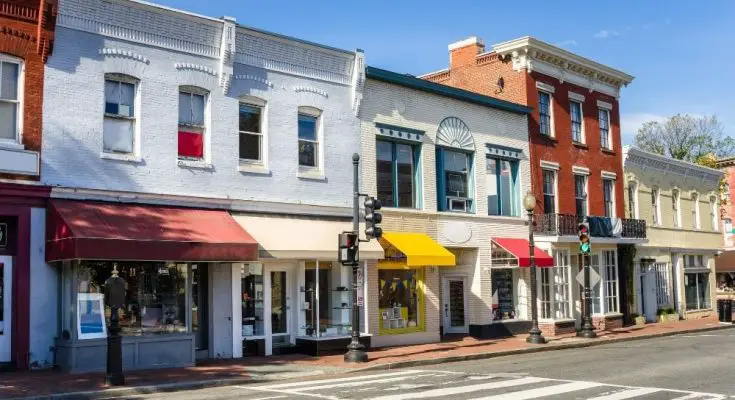An aspect of our country that makes the nation so powerful is the rich history of small businesses. The ever-evolving American dream relies on regular citizens rising through society as entrepreneurs.
However, brick-and-mortar stores have gone through ups and downs in the past few decades, and many people do the majority of their shopping online. Regardless, there is still value in these smaller storefronts! Here is a brief history of American mom-and-pop shops.
Early Small Businesses
“Mom-and-pop” refers to family-owned businesses that are smaller in size and confined typically to one or two storefronts. Before the rise of massive corporations, these shops were the backbone of American society.
The first rise of these stores happened in the eighteenth century and continued into the next one. They consisted of general stores, pharmacies, grocery markets, and more. Without their existence, the accelerated expansion of America wouldn’t have been possible.
The Rise and Fall
The importance of mom-and-pop shops remained relevant for a long time. Larger businesses were developing by the turn of the century, but most American’s did their shopping at local stores. This positive economic boost helped propel towns into booming cities. Every resident felt the positive effects in these areas.
However, the appearance of department stores around the early 1900s foreshadowed the “end” of family-owned businesses. Massive companies provide many of the same products as traditional brick and mortars, but they’re cheaper and more convenient.
Malls were the second attack on mom-and-pops, offering consumers the most efficient shopping experience possible. Finally, superstores and online shopping made these small shops nearly obsolete.
And the Rise, Again!
Luckily, mom-and-pop shops are still fighting for relevancy in our modern society. Many people still shop at local small businesses to reap the advantages of shopping in person.
And while the pandemic hit these smaller businesses the hardest, a revival is possible. Many consumers are becoming more socially conscious of the vital role that mom-and-pop shops play in America’s economy, and they’re more motivated to support local businesses.
When looking into a brief history of American mom-and-pop shops, it’s interesting to see how quickly other shopping experiences took over the market. However, the revival of small businesses means a better economic landscape for American citizens everywhere.



